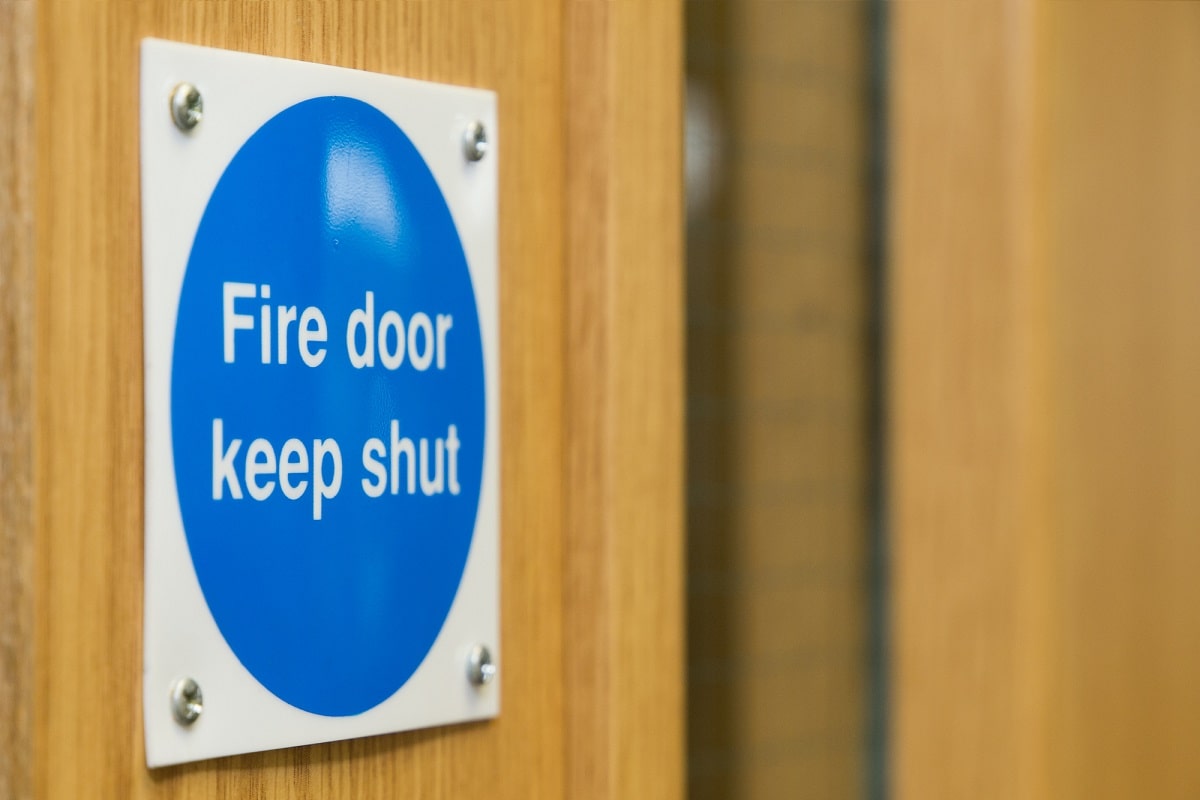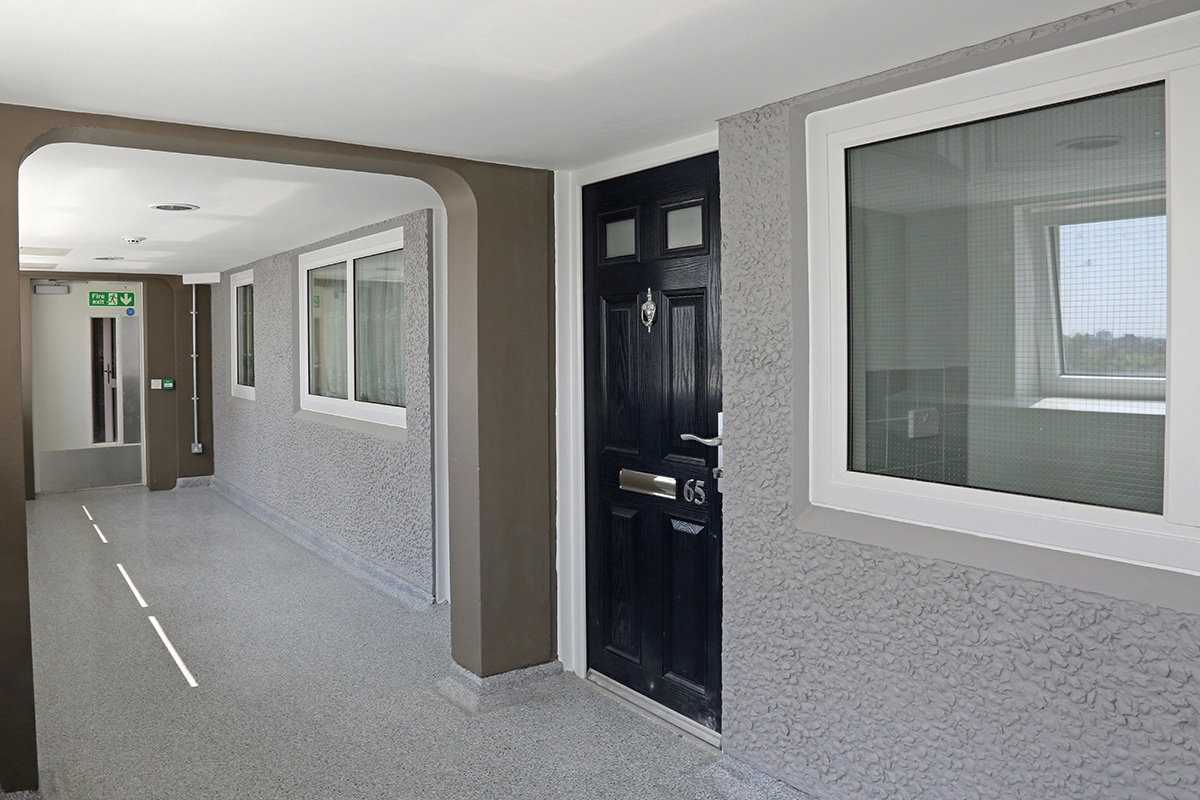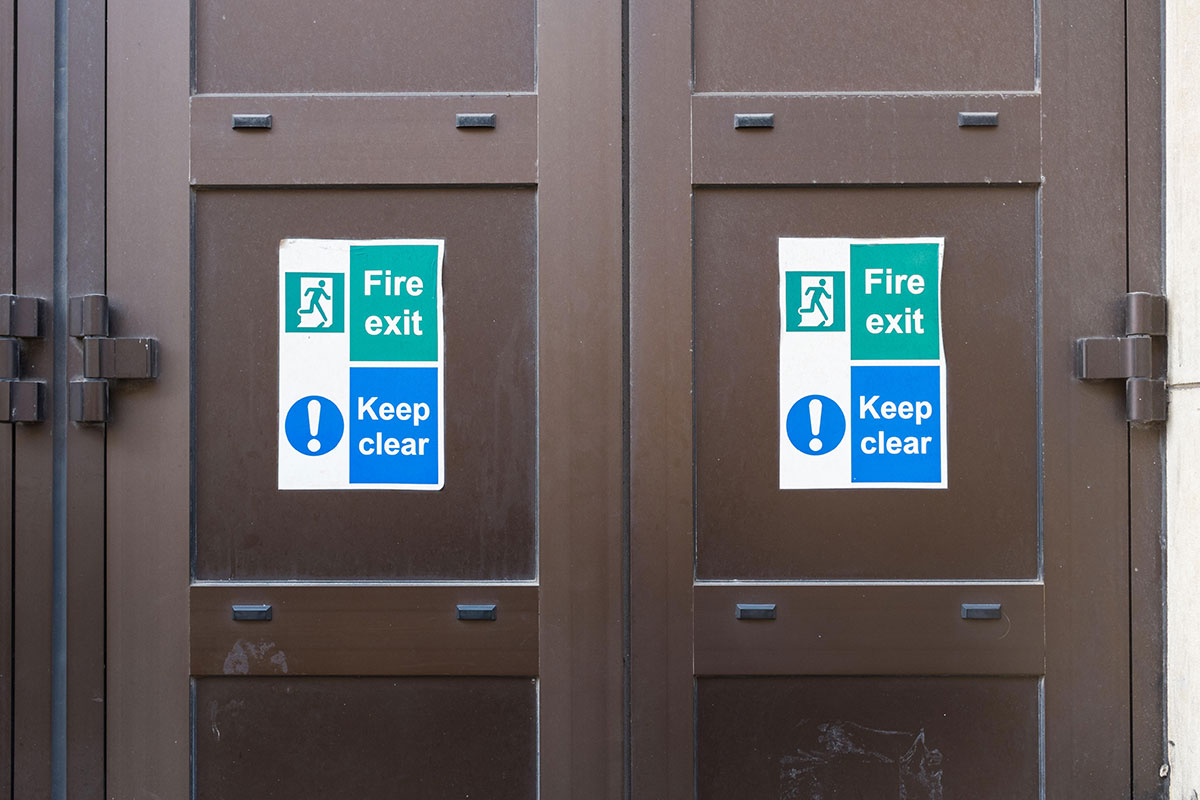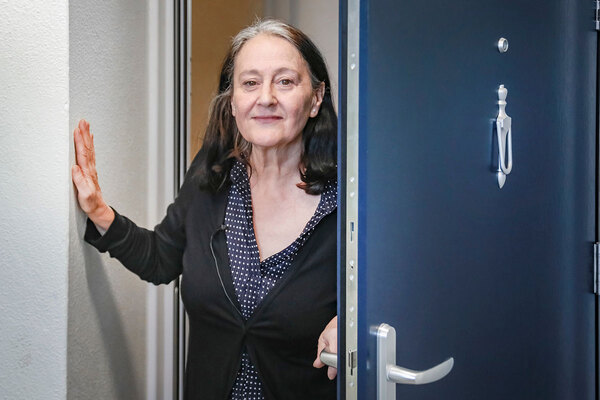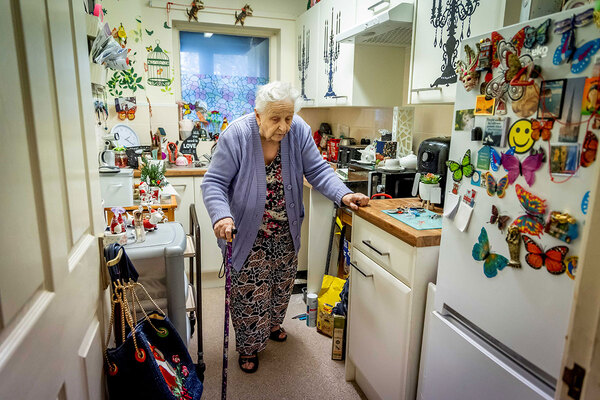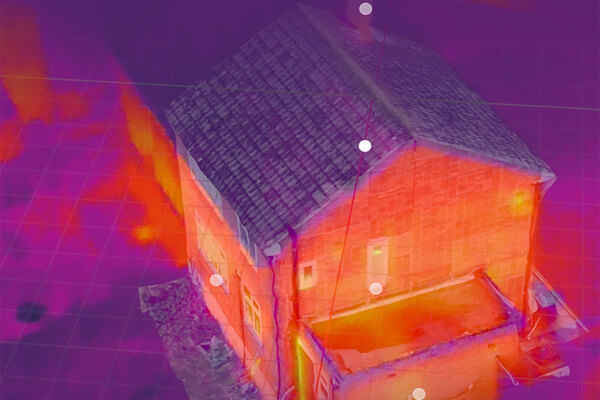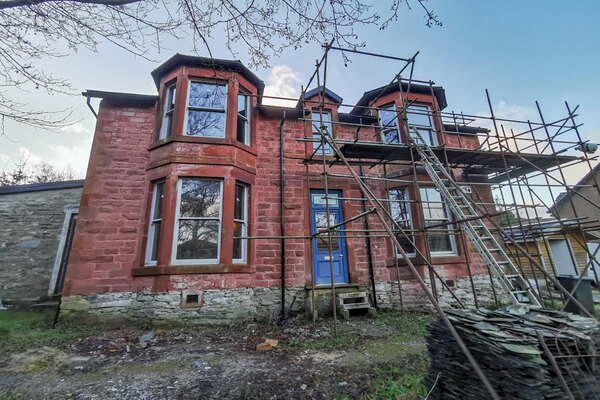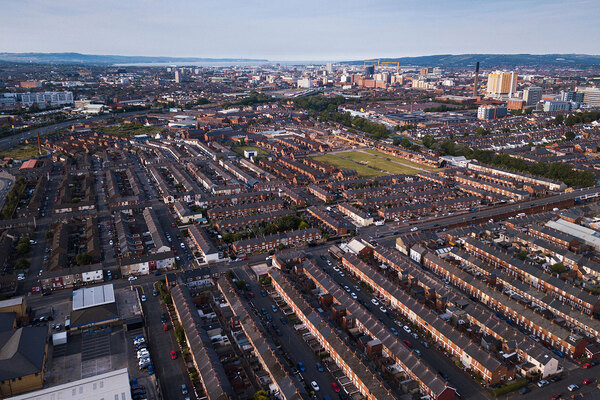How do legislative changes impact fire door safety?
Changes to building and fire safety legislation can actually help social landlords with insulation, decarbonisation, noise reduction and energy costs, says GSP Group’s Alastair Thompson
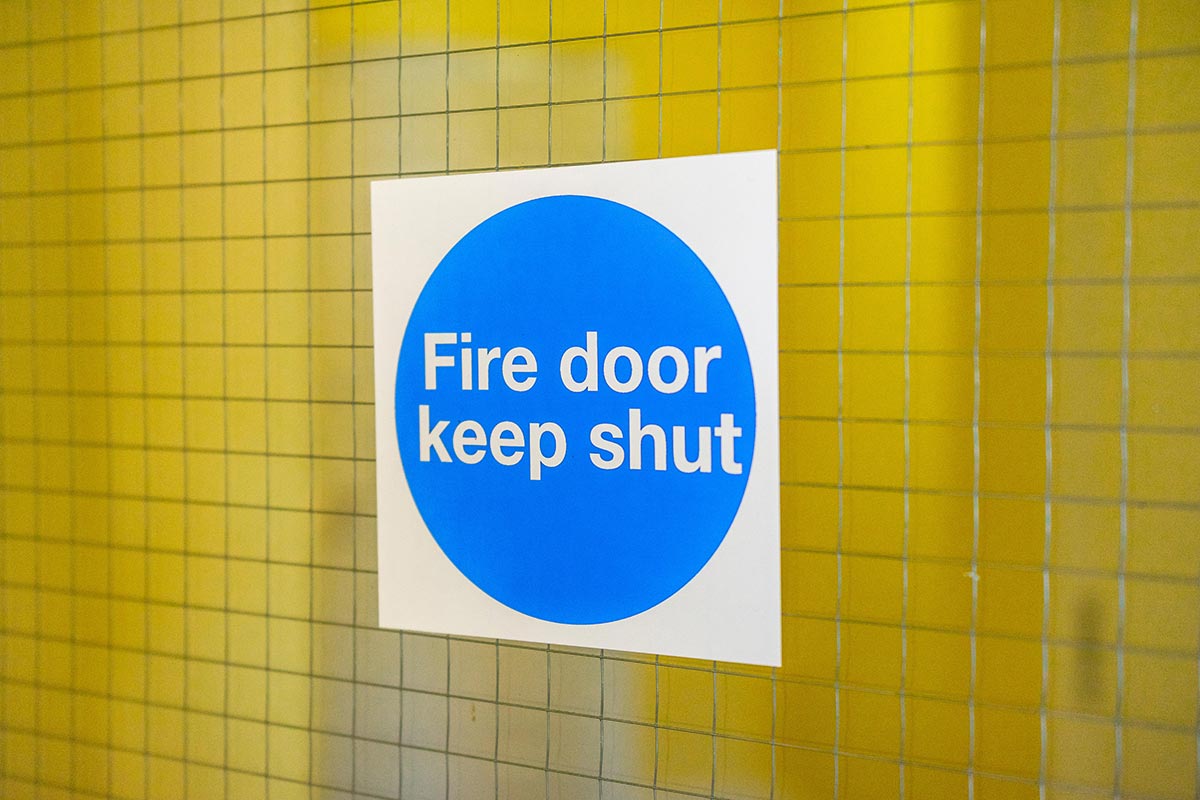
In association with:
![]()
As a wave of building and fire safety legislative measures are implemented, Inside Housing speaks to Alastair Thompson, chief executive of Gerda Security Products, GSP Group, to discuss what landlords should consider around fire door safety.
How do legislative changes impact fire door safety?
In a number of ways. First, the Fire Safety Act 2021 requires that fire risk assessments must now include the external envelope of the building, as well as flat entrance doorsets. Previously, the focus was on the common areas only. This is important for housing providers, as it removes any ambiguity, enabling them to bring their doors up to standard. The act also calls for a suitable system of maintenance.
Then we have the Fire Safety (England) Regulations 2022, which say “a responsible person” must have documentation showing fire doors are of the right design specification and installation for their location.
On top of this, there are mandatory visual checks on fire doors, which are carried out quarterly for common parts (stairwells, corridors, lobbies and service room doorsets) and annually for flat entrance doors. Repairs have to be carried out by a competent contractor or organisation.
The Building Safety Act 2022, which focuses on auditing through gateways in design, construction and completion phases for new and existing high-risk buildings, also requires that fire doorsets are regulated by the Office for Product Safety and Standards (OPSS).
We successfully underwent one of the new OPSS inspections in the first quarter of this year, as part of an auditing programme for fire doorset manufacturers where designated standards exist, such as external fire doorsets that are UK Conformity Assessed (UKCA) marked.
What are some of the common flaws in fire doors?
Flaws are often due to legacy issues or poor design. A lack of understanding about the importance of a properly designed fire doorset and its role can lead to misspecification. For example, if a fire doorset is not suitable for its location, it will not perform when needed and it will probably be compromised through misuse.
Common problems include damaged or removed door closers; broken glazing; holes drilled into doors for additional hardware, such as cat-flaps; missing intumescents (substances that expand with heat); and painted-over smoke seals.
Can these flaws be rectified easily?
This really depends on the issue. Where possible, landlords should identify the issue to the doorset manufacturer to find out what is or is not acceptable for repair and maintenance and request instructions. It’s important to recognise that a fire doorset is designed to an exacting specification and construction, which is then extensively tested to give a range of options and solutions for a building.
Being manufactured to exacting tolerances with specific software and equipment in a factory environment that is tightly controlled ensures that the doorset will perform in the event of a fire. The OPSS was extremely thorough in their audit checking of all these areas during our inspection.
Replacement parts need to be provided with the right intumescents and fixings, along with the doorset manufacturer’s instructions. Our doorsets all carry a code, which is unique to each doorset and accessible through a built-in maintenance app, making it easier for replacement kits to be ordered to ensure the right parts are fitted.
If landlords are purchasing new fire safety doors or repairing existing ones, what should they consider?
Consider whether the doorset specification meets your needs. For specific fire doorset types, several primary fire tests and smoke tests will have to take place in order to achieve the wide range of test evidence required for the built environment. These tests need to be based on the same essential doorset design and construction throughout.
For landlords, this is vital for longevity and return on investment. Having fire doorsets that are not fully tested and compliant will result in further costs in the long run. Check the doorset manufacturer has a wide range of primary testing covering all aspects of the doorset: from various thresholds and different frame configurations to hardware, sealing and structure method. Importantly, these should cover the same essential design and construction of the doorset type.
This testing should be third-party certified through an independent certification body.
What if their multi-occupancy buildings are mixed tenure (shared ownership or privately owned homes)?
We work with a number of housing providers in social housing, where this is the case. Flat entrance doors on privately owned dwellings are now part of the fire risk assessment under the Fire Safety Act and, as such, landlords have to address replacement and maintenance issues.
Offering a tailored approach and having a wide range of styles for both internal and external flat entrance doorsets, including glazed options, gives residents more choice. We offer experienced surveying teams,
on-site resident liaison, contract management, qualified and certified installation teams and an immediate
post-installation resident satisfaction service.
Throughout, residents are kept closely informed as to what is happening. Any questions can be answered in person, which residents often prefer.
Can fire doors help landlords to decarbonise?
Yes. Nowadays, properly designed and constructed timber fire doorsets can offer assistance with future-proofing housing stock in terms of insulation, assisting with decarbonisation and reducing energy costs.
Residents really notice the benefits with less noise and better insulation, which is important to the quality of the environment in flats.
What are some of the key things landlords need to communicate to their residents regarding fire doors, and why?
Understandably, residents want to find out more about the safety of their homes.
Providing information on their fire doorset is a way to reassure and advise on what’s important, such as closing fire doors when they are not in use. Good doorset design helps with the right type of door closer to suit the resident’s home.
Other resident information includes not making holes in or changes to the doorset, and reporting any issues. Let the resident know the benefits of their fire doorset, too, like the fact that it will help with insulation and sound reduction, and keep them secure.
Engage with residents via meetings so they have a say in the type of doorset they would like. Be on hand to answer any questions they may have. This can also assist landlords in carrying out their annual checks
in future.
